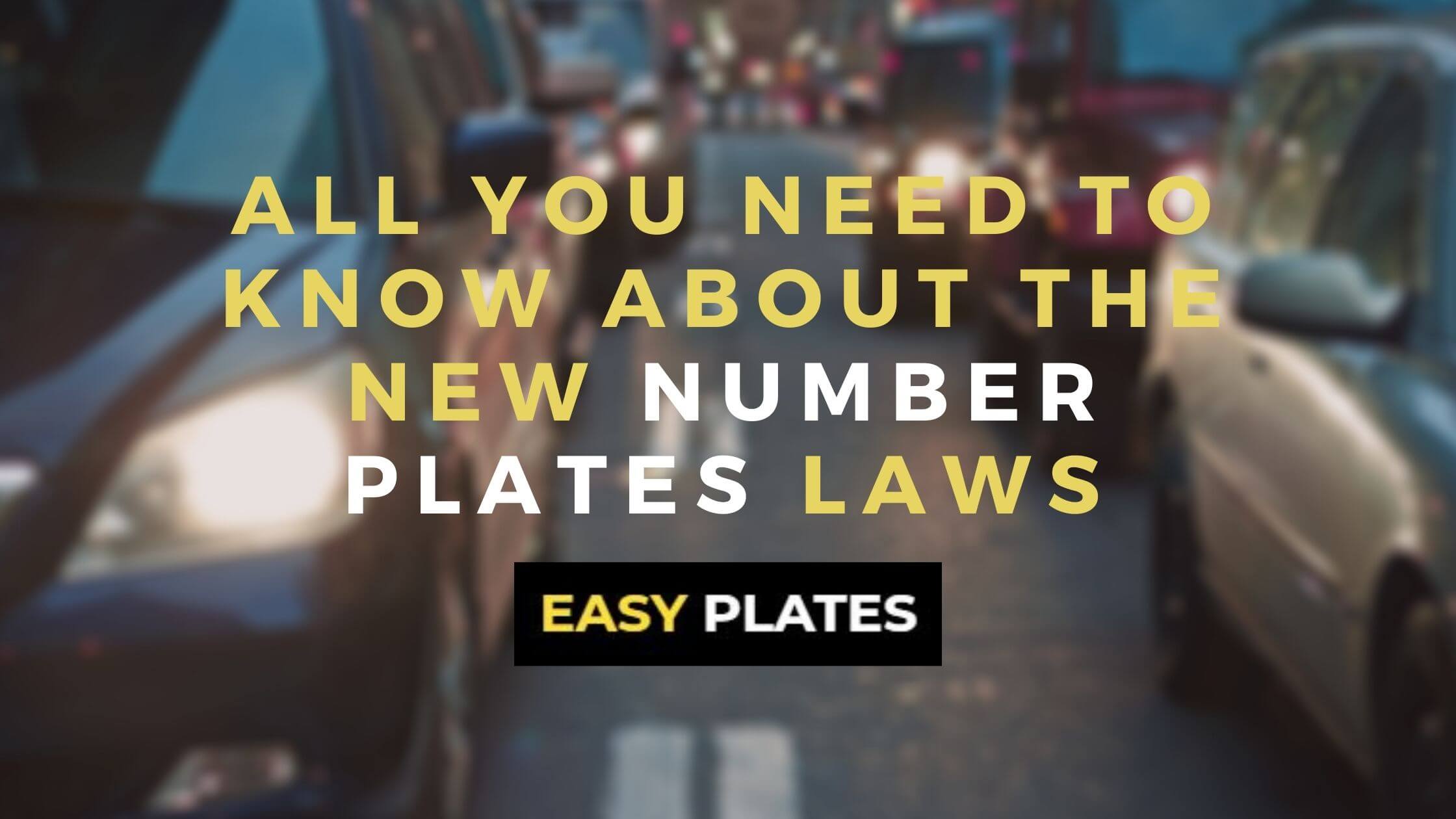
All You Need to Know About the New Number Plates Laws
The new laws by DVLA have been in the news for some time. The changes in number plate’s rules have caused much commotion in the minds of vehicle owners.
- What’s the idea behind DVLA’s decisions?
- What are the new laws?
- Are 3D gel plates banned?
- Is it legal to have 4D number plates?
- Should you be concerned?
Here is all you need to know about the new number plates laws active from September 2021:
What are the new number plate laws by DVLA?
As per the new laws, changes in the number plates of UK vehicles are to be implemented at the earliest. The technical requirements for number plates have been subjected to change to improve their functional standards. With the new laws in place, while all number plates are to be tested for durability and ANPR (Automatic Number Plate Recognition) camera compatibility, there are new rules for 3D gel plates.
3D gel number plates with different shades of colors or highlighting are now banned under the new laws. Both, the letters and numbers on gel number plates or otherwise are to be done only in one shade of black.
Two-tone 3D gel number plates are strictly banned under the new law effective from January 1st, 2020 and to be mandatory from September 1st, 2020. 4D number plates are also subjected to some strict rules where they can be allowed but only if specifications by the DVLA are met with.
3D Gel Plates vs. 4D Number plates? What’s the difference? Are these Still Legal?
To be able to understand the new law, first, you might need to understand what are 3D gel plates and 4D number plates. 3D gel number plates have become extremely popular in the UK for their 3-dimensional (as the name suggests) lettering. Letters and numbers are done in two-tone settings in 3D gel plates to create a 3D look.
4D number plates are comparatively new and have only become famous recently. In 4D number plates, the letters are physically raised from the surface that adds an extra dimension to the look.
While two-tone 3D gel number plates have been completely banned by the DVLA, 4D number plates are subject to scrutiny. If the character specifications given by the DVLA are followed strictly then 4D number plates might also be excused.
These specifications for four-wheeler are as follows:
- Front number plates must be black on a white background while rear plates should be black on a yellow reflective background.
- The height of characters should be 79mm.
- The width of characters must be 50mm (excluding ‘1’ or ‘I’).
- Space between characters must be at least 7mm. (current standard is 11mm)
- The space between groups must be 33mm.
Specifications for two-wheelers are:
- The number plate should only be displayed at the rear.
- The height of the characters should be 64mm.
- The width of characters must be 10mm (excluding ‘1’ or ‘I’)
- The space between characters should be 10mm
- The space between groups must be 30mm
Why the New Number Plates Laws?
The British Standards Institute (BSI) is now enforcing better quality of number plates all over the UK. These number plates are to be tested for durability under various weathering impacts. However, the rules regarding 3D and 4D number plates are to aid the ANPR cameras to pick up the registration details of the vehicle.
3D gel plates are specifically more difficult for the on-road ANPR cameras to read due to the two-tone lettering. 4D number plates are also to be put under scrutiny to make sure that the color and specifications are met as stated by the DVLA.
Want to get new number plates made as per the DVLA rules?
Visit EASY NUMBER PLATES ONLINE STORE for the most amazing designs at great prices!





